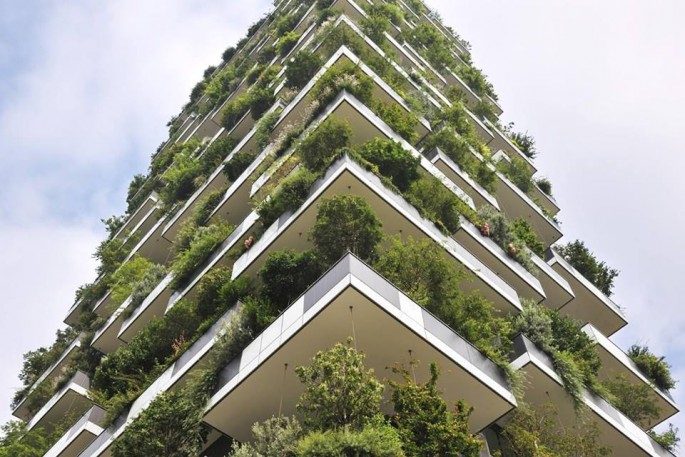To help fight greenhouse gas emissions, China has recently unveiled plans for two "vertical forest" towers to be constructed in the city of Nanjing, according to a report by The Telegraph.
Based on the plans designed by Italian architect Stefano Boeri, the smaller of the two towers will house a Hyatt hotel with a swimming pool to be added in the rooftop. Meanwhile, the taller tower will house a museum and a green architecture school. Several floors will also be dedicated to hosting office spaces.
Both buildings, due to their "vertical forest" design, will feature about 2,500 cascading plants and over 1,100 trees. “Green tanks and balconies” will also be a dominant exterior feature of the towers. It is hoped that these leafy additions will help curb air pollution in Nanjing by absorbing 25 tons of carbon dioxide every year.
It is not the first time Boeri designed such project. In 2014, he completed his first vertical forest project located in Milan. The Nanjing vertical forests are expected to be completed by 2018.
Similar plans have popped up across Asia, although the Nanjing towers will be the first of its kind in the region. On the other side of the world, living walls are a hot trend. One example is the Perishing Hall in Paris, which features a living wall designed by botanist Patrick Blanc in its central atrium.
Another hotel in Europe with a living wall is The Rubens at the Palace in London, along Buckingham Palace Road. The southwest-facing wall of the hotel has been installed with approximately 10,000 herbaceous plants that help regulate hotel temperature and attract insect pollinators.
Once the Nanjing towers are done, Boeri Studios hopes to build more vertical forests in China, with cities like Shanghai, Liuzhou, and Shijiazhuang in mind. There are also plans to build vertical forests in Europe, particularly in Switzerland and Italy.






















